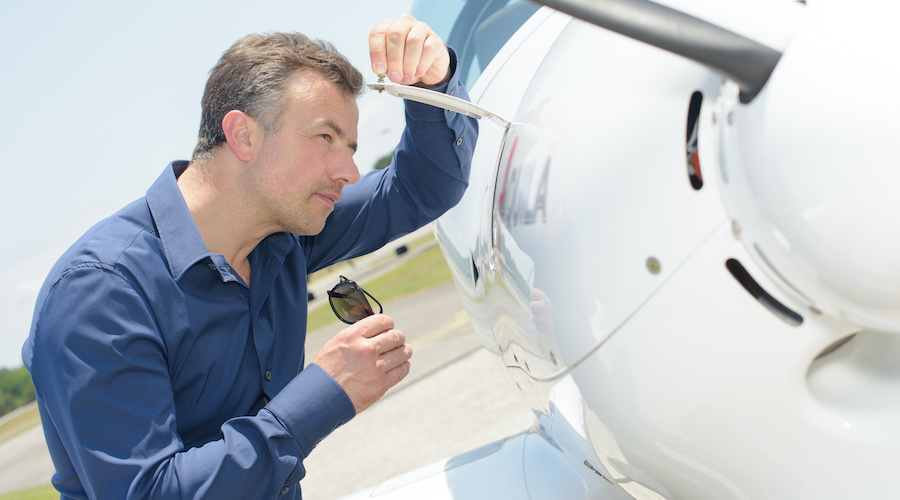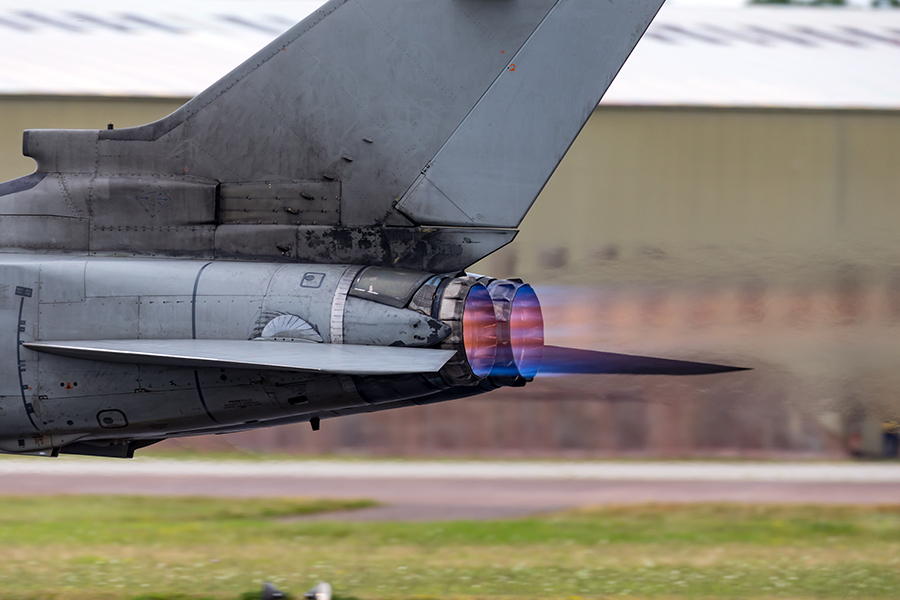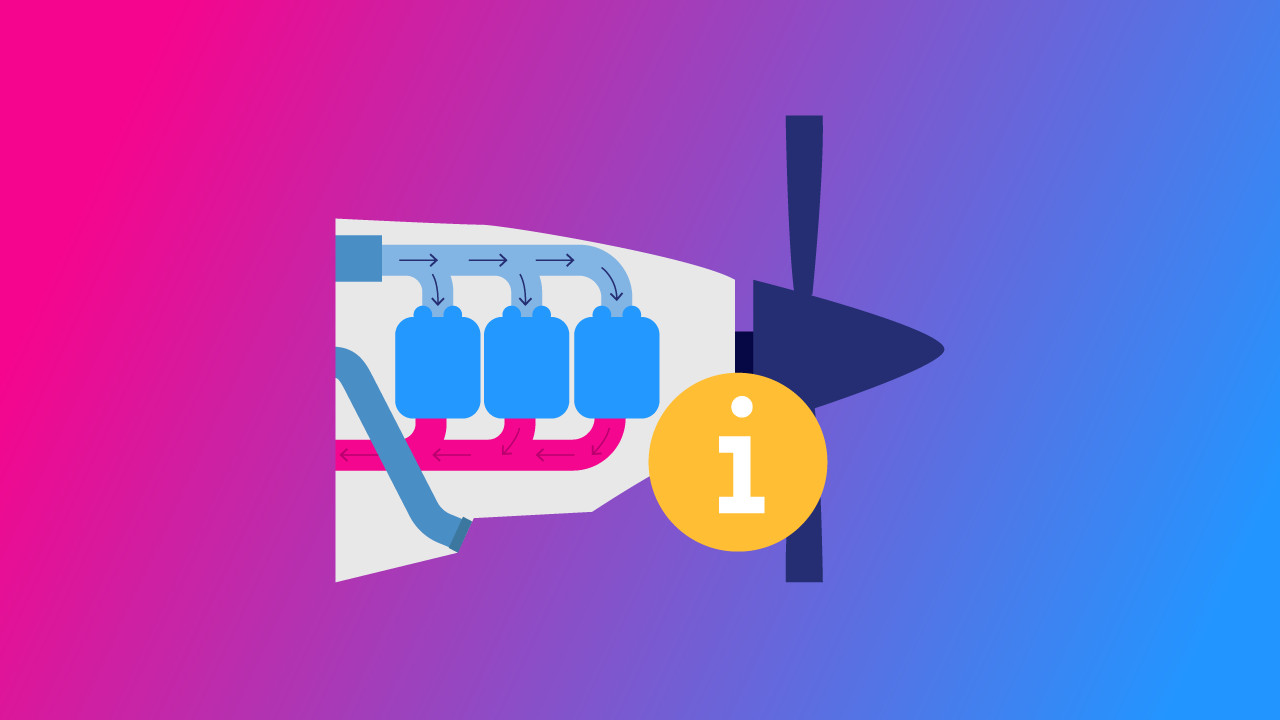Pilots with long aviation careers may remember a time when lugging around heavy flight bags full of navigational charts and logbooks was the norm. Fortunately, electronic logging and storage of documents have made packing for a flight nowadays a lot easier for pilots.
Despite all the fancy technology we have, packing a flight bag with a few old-fashioned tools is still considered good practice. Pilots should know that preparation is key to a safe and smooth flight. To make sure you’re well-prepared, check out our top ten recommendations of what should be going into every pilot’s gear.
Flight bag
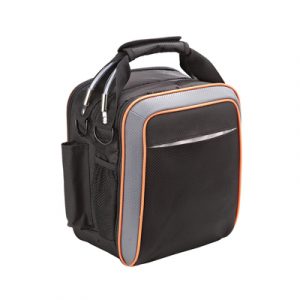 The very first thing you need to look for when building a well-stocked flight bag is the flight bag itself. While preferences may vary when it comes to visual appeal, there are several elements to a good flight bag that are non-negotiable – compartments for the most important accessories, cushioning to protect fragile electronics, and a durable and water-resistant outer lining.
The very first thing you need to look for when building a well-stocked flight bag is the flight bag itself. While preferences may vary when it comes to visual appeal, there are several elements to a good flight bag that are non-negotiable – compartments for the most important accessories, cushioning to protect fragile electronics, and a durable and water-resistant outer lining.
There are a lot of good options for pilot flight bags out there. This compact flight bag from Flight Outfitters measures only around 12 inches across but has enough room for headsets, a handheld two-way radio, a water bottle, and a host of other devices. If you want something a little bulkier, then this duffel-style flight bag from the same brand should have more than enough space for all your essential gear.
Whichever bag you go with, make sure that you are comfortable carrying it around and stowing it somewhere inside your aircraft. Flight bags today are very fashionable on top of being utilitarian, so you no longer need to worry about your bag cramping up your style.
iPad
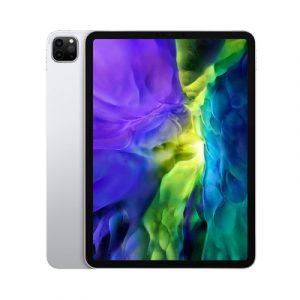 All those navigational charts, logbooks, notebooks, and supplemental documents we have mentioned before are no longer carried around by pilots nowadays. Instead, all of them are stored digitally and accessed via a mobile device. For this purpose, we recommend the 11-inch Apple iPad Pro. The screen of this tablet is just large enough to make reading charts easier without making it too cumbersome to carry around in your flight bag.
All those navigational charts, logbooks, notebooks, and supplemental documents we have mentioned before are no longer carried around by pilots nowadays. Instead, all of them are stored digitally and accessed via a mobile device. For this purpose, we recommend the 11-inch Apple iPad Pro. The screen of this tablet is just large enough to make reading charts easier without making it too cumbersome to carry around in your flight bag.
As with every tool in your bag, simply buying an iPad won’t be enough to make it useful. You’ll need to download an assortment of apps that will substitute all the papers and logbooks that you would like to forfeit as part of your gear. Foreflight is one of the more popular apps for charting. SkyDemon is also a commonly used navigation app for VFR flight rules.
If you want to get rid of manual logbooks for flight logging, then the Logbook Pro app from NC Software is an excellent digital alternative. As a backup, make sure to also carry an iPhone with the same apps installed.
iPad kneeboard case
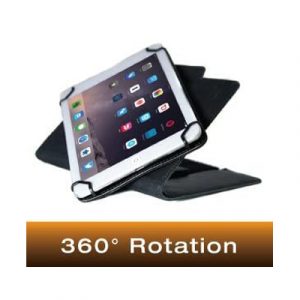 A kneeboard case is an accessory whose purpose is known mostly only to pilots. Basically a case for an iPad that can be strapped to your upper thigh, a kneepad allows for the hands-free use of a flight navigation app. This full-sized iPad folio from MYGOFLIGHT should fit the 11-inch iPad Pro we recommended above.
A kneeboard case is an accessory whose purpose is known mostly only to pilots. Basically a case for an iPad that can be strapped to your upper thigh, a kneepad allows for the hands-free use of a flight navigation app. This full-sized iPad folio from MYGOFLIGHT should fit the 11-inch iPad Pro we recommended above.
Made of genuine leather, the kneeboard case has adjustable brackets for a tablet and a clipboard for paper documents. A flexible Velco strap at the backside provides a means for securely attaching the case to your thigh. The cradle can be rotated for either portrait or landscape orientation and can also be configured to be used on a lap or any flat surface.
This particular kneeboard is quite pricey because of the use of premium leather material, but there are a lot of much cheaper alternatives out there. In any case, make sure that the kneeboard case you get fits your mobile device or tablet and that it allows for charging of the device while in use.
Headset
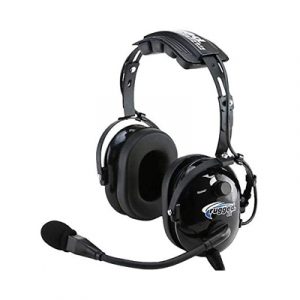 As a pilot, it would be an embarrassment to be caught without your aviation headset. The primary means of communications of a pilot during flight, a well-prepared pilot travels with their own headset to ensure comfort and proper fit. There are only a few brands that we trust for such critical equipment, including popular ones like Rugged Air and Kore Aviation.
As a pilot, it would be an embarrassment to be caught without your aviation headset. The primary means of communications of a pilot during flight, a well-prepared pilot travels with their own headset to ensure comfort and proper fit. There are only a few brands that we trust for such critical equipment, including popular ones like Rugged Air and Kore Aviation.
The standards for an aviation headset are a lot higher than the standard headsets used to listen to music. A good aviation headset is preferably made with a stainless steel headband for durability, ear seals with comfortable foam and noise-reflective cups, and high-performance audio speakers.
Just as important is the quality of the microphone which should also have good noise-canceling features.Even the 3.5-mm. jack needs to be made with an appropriately conductive metal. Make sure to pack some spare batteries for your aviation headset in your flight bag.
Non-polarizing sunglasses
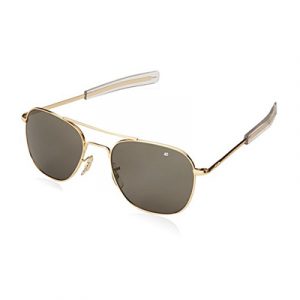 Flying with sunglasses isn’t just something that makes a pilot look cool – it’s crucial in maintaining visibility and reducing eye fatigue. Make sure to buy sunglasses that are advertised as appropriate for aviation use. Aside from features to reduce glare, aviation sunglasses also need to be non-polarized so you can still see readings from instruments that have anti-glare filters.
Flying with sunglasses isn’t just something that makes a pilot look cool – it’s crucial in maintaining visibility and reducing eye fatigue. Make sure to buy sunglasses that are advertised as appropriate for aviation use. Aside from features to reduce glare, aviation sunglasses also need to be non-polarized so you can still see readings from instruments that have anti-glare filters.
There are a lot of options out there for aviation sunglasses, so here are the American Origins Original Pilot Sunglasses for your consideration. Class but effective, we like the fact that these sunglasses come from American Origins, the brand that officially supplies optical accessories to the US government and used by actual Air Force pilots. Of course, it doesn’t hurt that these sunglasses also look really good.
Handheld two-way radio
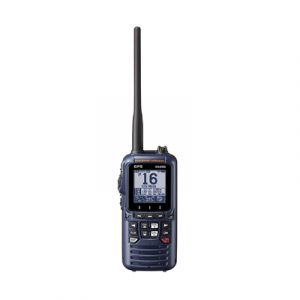 While every aircraft has an onboard radio, communication is way too important in flight to not have a backup option. For this reason, it’s always a good idea for a pilot to have their own handheld two-way radio. We recommend this 6-Watt Handheld VHF Two-Way Radio from Standard Horizon, but there are likely a few dozen alternatives out there.
While every aircraft has an onboard radio, communication is way too important in flight to not have a backup option. For this reason, it’s always a good idea for a pilot to have their own handheld two-way radio. We recommend this 6-Watt Handheld VHF Two-Way Radio from Standard Horizon, but there are likely a few dozen alternatives out there.
A spare two-way radio is one of those things in your flight bag that you won’t miss until you really need them. Unfortunately, an emergency where you have no means of communication can have very serious consequences. Flying under VFR might not be very problematic but flying in IFR conditions without a radio is a scary proposition.
In the case of small airports without 24-hour tower coverage, having a radio on hand also means that you can activate pilot-controlled lighting systems.
A spare handheld radio is so important that most flight bags have compartments dedicated solely to them. Don’t forget to pack the charging cradle and cables with your handheld radio. A spare battery (which has been charged!) would be preferable.
Fuel tester
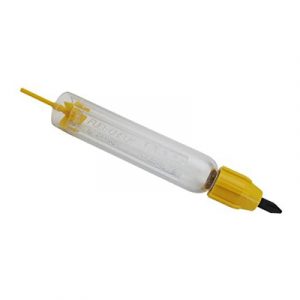 Checking for fuel quality is one of the most important items in a pilot’s pre-flight checklist. This isn’t a complicated operation – a pilot only needs to drain a small portion of the fuel sump of the aircraft and check for water or solid contaminants. This inexpensive fuel tester comes with both a built-in screwdriver and a sampling probe, tools that should be enough to take samples for any type of fuel sump.
Checking for fuel quality is one of the most important items in a pilot’s pre-flight checklist. This isn’t a complicated operation – a pilot only needs to drain a small portion of the fuel sump of the aircraft and check for water or solid contaminants. This inexpensive fuel tester comes with both a built-in screwdriver and a sampling probe, tools that should be enough to take samples for any type of fuel sump.
The tool is compact, very easy to use, and pretty much as simple as it comes. You can’t really ask for anything more from a fuel tester, except perhaps a larger size for a higher sample volume. However, that can be easily remedied by just taking samples multiple times.
Flashlight
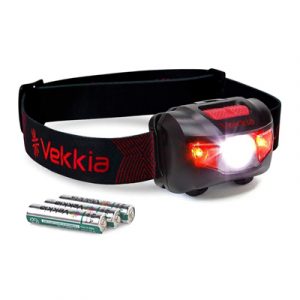 Any situation where an emergency may arise – including flying a plane – calls for an emergency light source. Thus, a compact flashlight should be part of any pilot’s flight bag. We’re partial withan LED headlamp such as this Ultra Bright 160-Lumens Headlamp from Vekkia. It’s inexpensive, lightweight, easy to pack, and uses very little battery power.
Any situation where an emergency may arise – including flying a plane – calls for an emergency light source. Thus, a compact flashlight should be part of any pilot’s flight bag. We’re partial withan LED headlamp such as this Ultra Bright 160-Lumens Headlamp from Vekkia. It’s inexpensive, lightweight, easy to pack, and uses very little battery power.
Headlamps are pretty much a staple in outdoor survival, sports, various hobbies, and transportation. In aviation, a good headlamp would be useful for doing quick repair and maintenance works, or even for filling out checklists. Again, this is another device that requires batteries, so make sure to bring a few spares.
Portable battery pack
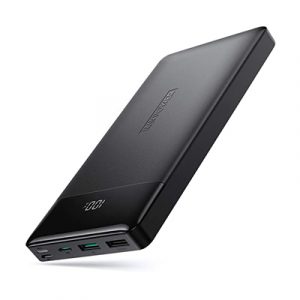 Society in general has become incredibly dependent on modern devices. Pilots are no exception, as we’ve aptly demonstrated by relegating our old-fashioned sectional charts and logbooks to apps on a tablet. Although these devices are inherently limited by the capacity of their batteries, you can always extend the battery life of your navigational device by carrying a portable battery pack or power bank.
Society in general has become incredibly dependent on modern devices. Pilots are no exception, as we’ve aptly demonstrated by relegating our old-fashioned sectional charts and logbooks to apps on a tablet. Although these devices are inherently limited by the capacity of their batteries, you can always extend the battery life of your navigational device by carrying a portable battery pack or power bank.
This 20,000-mAh power bank from RAVPower is a good inexpensive option. More survival-oriented users may also opt for this waterproof and shockproof alternative that doubles as a flashlight and can be charged with solar power. Just make sure that your battery pack is charged every time you go on a flight and that you have the appropriate charging cables.
Snacks and bottled water
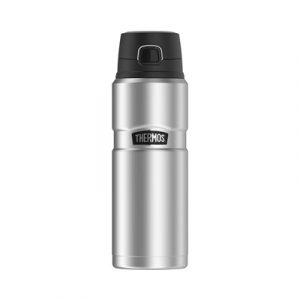 Being hungry and thirsty can be problematic in daily life. If you’re a pilot, however, lack of food and water can get in the way of your cognitive and decision-making skills. For this reason, you should treat food and water as equally essential in packing your flight bag. This is particularly important when you’re going on flights that could last several hours.
Being hungry and thirsty can be problematic in daily life. If you’re a pilot, however, lack of food and water can get in the way of your cognitive and decision-making skills. For this reason, you should treat food and water as equally essential in packing your flight bag. This is particularly important when you’re going on flights that could last several hours.
 You don’t need to pack a full meal’s worth of food in your flight bag – that would be impractical. Instead, just make sure to have a filled-up water bottle and some easy-to-eat snacks that can boost your energy, like protein bars or trail mix.
You don’t need to pack a full meal’s worth of food in your flight bag – that would be impractical. Instead, just make sure to have a filled-up water bottle and some easy-to-eat snacks that can boost your energy, like protein bars or trail mix.
First aid kit
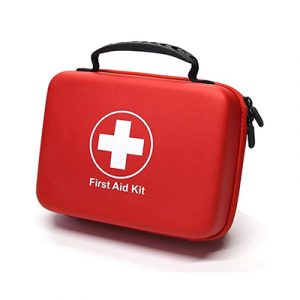 Whether it’s a full-blown medical emergency or a small boo-boo, you can hardly expect to receive proper medical care while you are on a flight. With this in mind, it is just prudent to pack your own medical kit for emergency response. You might not have a lot of space in your flight bag for a comprehensive medical kit, so a compact kit should do just fine.
Whether it’s a full-blown medical emergency or a small boo-boo, you can hardly expect to receive proper medical care while you are on a flight. With this in mind, it is just prudent to pack your own medical kit for emergency response. You might not have a lot of space in your flight bag for a comprehensive medical kit, so a compact kit should do just fine.
There are two things to remember when packing a medical kit – you need to learn how to use the tools inside it, and that it’s no substitute for real medical treatment. Fortunately, there’s nothing in the medical kit that you will not learn about in a basic first aid training course.
The key thing to remember is that this is just ‘first aid’ – not treatment While this medical kit has supplies for dressing wounds or stabilizing fractures, serious injuries will still have to be attended to by a medical professional. In extreme cases, this may make an emergency landing necessary.
Pilot’s license, photo ID, and medical certificate
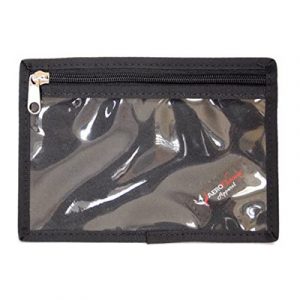 Lastly, all pilots need to bring their pilot’s license, a government-issued photo ID, and a current medical certificate whenever they fly. This isn’t just an “essential” part of your gear – it’s a legal requirement. Some pilots make use of a specially designed aviation document bag so that all their legal documents are organized and easy to access. Keep the document bag in a dedicated section in your flight bag so that you’ll easily know if it’s missing.
Lastly, all pilots need to bring their pilot’s license, a government-issued photo ID, and a current medical certificate whenever they fly. This isn’t just an “essential” part of your gear – it’s a legal requirement. Some pilots make use of a specially designed aviation document bag so that all their legal documents are organized and easy to access. Keep the document bag in a dedicated section in your flight bag so that you’ll easily know if it’s missing.
Final thoughts
Preparation is a value that pilots should have learned in aviation training. This applies in many situations – making sure that the aircraft is well-maintained, checking for the purity of the fuel, and making sure that the pilot has all the gear inside their flight bag. Packing a flight pack has been made a lot easier by modern technology, but it’s still an art that takes a bit of experience to master.
Hopefully, the list we have prepared can be a good start for a pilot to prepare a default flight bag. This list of 12 items can be easily expanded to more than 20, depending on how well-prepared a pilot wants to be. Remember one thing – there’s no such thing as being over-prepared.
Note: Pilot Institute is part of the Amazon Associates program. We may earn a commission on sales, although this does not increase the cost for you.
